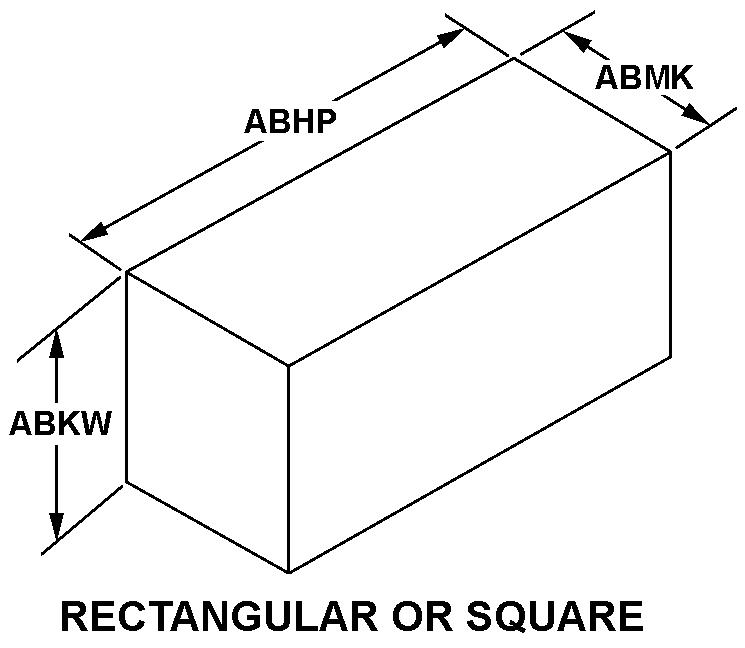6625010606272
Price Quote Get an up to date pricing and availability quote for this product. Order online or over the phone.
Quality Commitment
Serving our customers with quality and safety first.
- AS9120 Certified
- Audited supply chain
- ITAR Registered
- DDTC Registered
- HAZMAT Certified
- Customer service objectives
- Every product 100% inspected

6625-01-060-6272 Specification Set by the OEM (see RNCC code 3)
15.000in. ⁓15-1/64"
6.000in.
11.250in.
+0.0/+50.0 deg celsius
rectangular or square
transportable
solid state
15.000 nanoseconds output channel
15.000 nanoseconds output channel
30.000 volts output channel
pulse, sweep
receptacle, coaxial rear
50.0 4th voltage
90.0 1st voltage
min. frequency 0.00002 hz; additional output wave shapes sine, square, triangle, sweep sawtooth, dc level; linear and logarithmic sweeps; amplifier external input
Cross Reference Parts Part numbers that meet the specification outlined on this page and set by the OEM
Identification Item Identification Guide (IIG) and Item Name Code (INC)

Definition Definition of approved item name (AIN): "GENERATOR,PULSE-SWEEP"
An electronic device which functions as both a pulse generator and a sweep generator. It develops a discontinuous electrical potential with an abrupt rate of change of voltage to determine the harmonic content of a pulse train. The pulse duration is relatively short compared to the time of recurrence cycle. Also, it applies voltage or current to the deflection elements in a cathode ray tube in a way to make the deflection of the electron beam a known function of time or other data base against which other periodically occurring electrical phenomena may be examined, compared, or measured.
6625-01-060-6272 Material Hazmat, Precious Metals, Criticality, Enviroment, and ESD
Indicates there is no information in the hmirs. The nsn is in a fsc in table ii of fed std 313 and a msds may be required by the user. The requirement for a msds is dependent on a hazard determination of the supplier or the intended end use of item.
Precious metal content is unknown
The item does not have a nuclear hardened feature or any other critical feature such as tolerance, fit restriction or application.
Identification Codes
HMIC: Hazardous Material Indicator Code. A one position code that identifies a hazardous item.
PMIC: Precious Metal Indicator Code. A one position code which identifies items that have precious metals as part of their content. precious metals are those metals generally considered to be uncommon, highly valuable, and relatively superior in certain properties such as resistance to corrosion and electrical conductivity.
ESD: Electrostatic Discharge. Indicates if an item is susceptible to electrostatic discharge or electromagnetic interference damage. electrostatic discharge damage occurs when an accumulation of static electricity generated by the relative motion or separation of materials is released to another item by direct contact. electromagnetic interference damage occurs when an item comes into proximity with an electrostatic or magnetic field.
ENAC: Enviromental Attribute Code. Identifies items with environmentally preferred characteristics.
CRITL: Criticality Indicator Code. Indicates an item is technically critical by tolerance, fit, application, nuclear hardness properties, or other characteristics.






